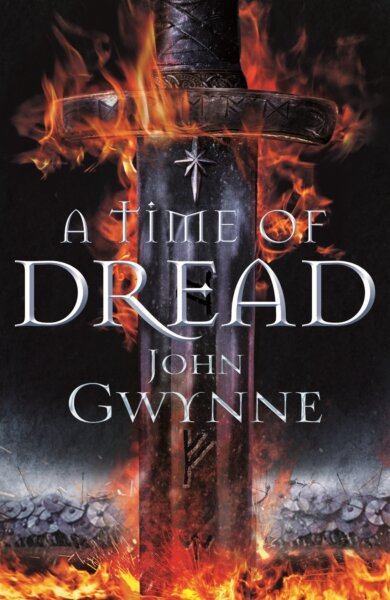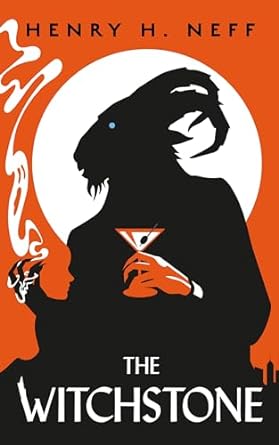
broken souls
High-fantasy book review
I found the first odd third of Broken Souls (basically the prequel stories) difficult to progress through. This is largely due to Lura’s side of the narrative as she is compelled into prostitution and sexually assaulted multiple times, and I just found none of it an enjoyable narrative, and the story style itself is dark enough that I never felt safe enough to emotionally invest in her journey: every step of the way I understood it was only going to get worse, which resulted in me just never wanting to reading her chapters when they came up in the narrative.
Bothvar’s side of the narrative is stronger, serving more as scenes setting and character introduction but lacks narrative conflict meaning that very little of actual significance actually happens.
After the prequels (although long prologues is probably a better description) conclude, though, the story improves dramatically: Lura situation improves, with her moving to an emotionally safer environment and being given a tangible means of progressing as a character in ability and personality alongside friends (while still maintaining narrative conflict, perils, and adding a slight mystery plot.) Bothvar narrative comes to a head, delivering both immediate narrative conflict tied to tragedy and strong personal goals, as well as excellent character progression (I found his relationship with the yeti’s particularly rewarding.) The darker elements and they catalyze his character growth, and how the narrative itself further alters and adjusts his character, are well integrated, supplying a natural, steady and emotion-bound progression. He’s likeable, but imperfect, and his flaws and decisions cause problems in the narrative.
The pacing after the prologues is solid, mixing actions scenes, drama scenes, rest scenes, and character interactions in a nice balance to both maintain interest and to provide the readers with respite or catharsis from heavier plot beats.
In general, the characters are decently complex and worlding fairly immersive. The elven side of the world building could have used more cultural details, but the Viking side was excellently immersive. (I did find the copy and paste-ish inclusion of Norse Mythology a little unimaginative initially, but that eased as the author revealed the larger vision of multiple interacting mythologies.)
There are some slight issues with the prose where the author would just name drop/introduce ten to fifteen characters in a paragraph (multiple occurrences over the course of the story) and would occasionally become bloated, resulting in me skimming.
First third I would rate two stars, the rest four.
If you enjoyed this review, consider subscribing so that Adventuresome Book Reviews goes directly to your email.
Help other readers find books to read via sharing Adventuresome Book Reviews. We specialize in indie/small press publications.



